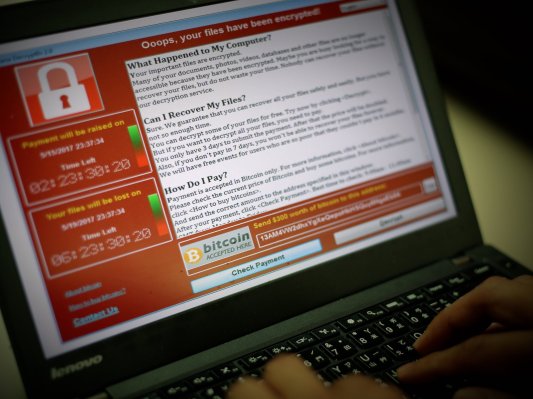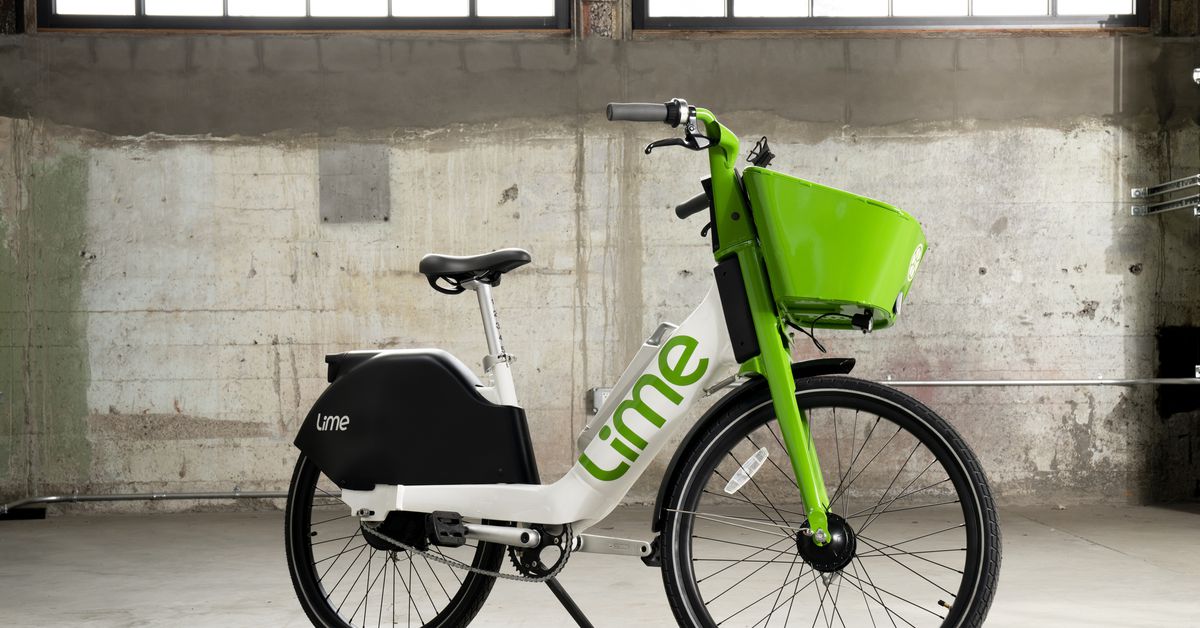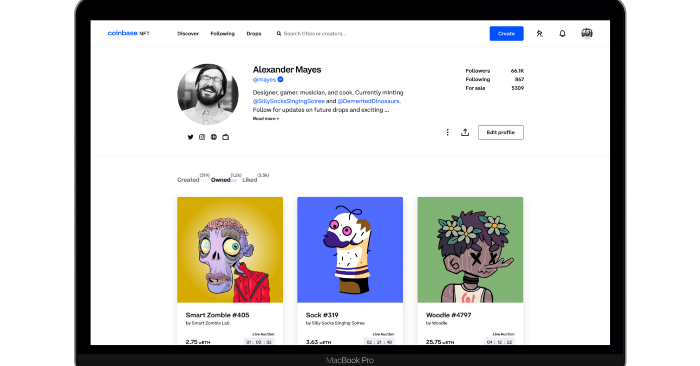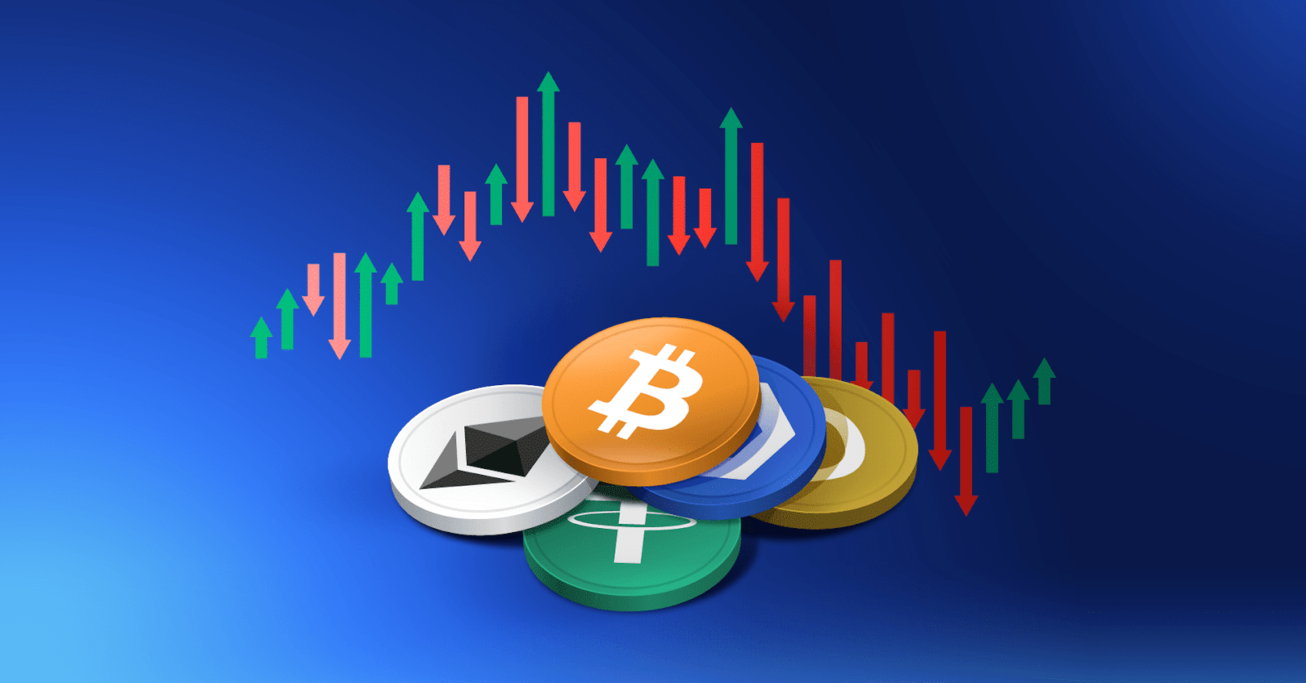This chart might explain why CNN Plus shut down early
Photo by Spencer Platt/Getty ImagesNow that CNN has made the decision to shut down its new streaming baby CNN Plus less than a month after it went live, you might be wondering what went wrong. A report from Axios...

Now that CNN has made the decision to shut down its new streaming baby CNN Plus less than a month after it went live, you might be wondering what went wrong. A report from Axios has a chart that shows the streaming service was far from reaching its projected year-end viewership goal, and would have burned through $400 million in 2022 alone to try to get there.
CNN projected that the service would have two million subscribers by the end of the year, but around two weeks later, they found they’d only managed to attract 150,000 people. At first, this doesn’t sound too bad, but considering services like Disney Plus had 10 million subscribers in its first day — and that Quibi, which was similarly shut down early in life, saw 910,000 people sign up in its first few days — this wasn’t a lot for CNN.
Streaming isn’t for everyone, but CNN was setting itself up to make a lot of money. CNN Plus was supposed to make a profit of $800 million per year by 2030, an even bigger cash cow than its cable network is today (which makes about $500 million in annual profit, Axios estimates).
:no_upscale()/cdn.vox-cdn.com/uploads/chorus_asset/file/23420764/Screen_Shot_2022_04_26_at_4.10.41_PM.png) Image: Axios
Image: Axios
How? By 2030, CNN was betting it’d have 30 million people either paying $5.99 a month or $59.99 a year (or $2.99 a month if they were early subscribers), hoping the uptick of subscribers would eventually shift to making money instead of only spending it. By 2024, CNN thought it’d only lose $200 million, and break even in 2025. From there, the company expected to make $200 million in 2026 before slowly crawling its way up to its $800 million decade-end goal in 2030.
We don’t know the exact logic that caused CNN to pull the plug, but seeing how CNN Plus only had 150,000 subscribers and apparently needed to burn $1 billion for a chance at that $800 million a year, it’s not hard to see what was at stake. Instead, CNN got out early.

 Lynk
Lynk 






























